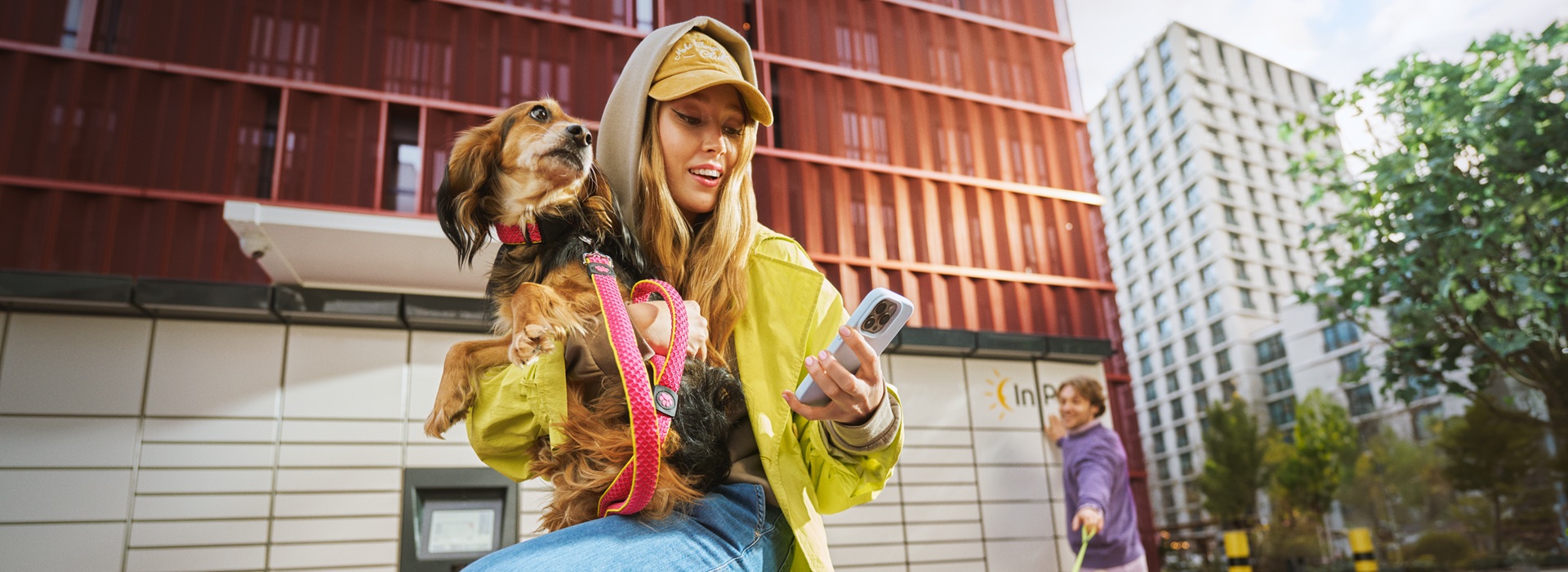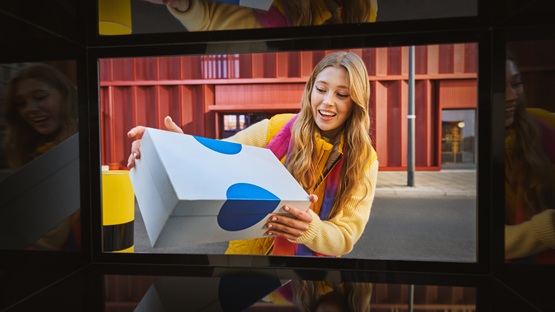How to pack a poster for mailing - a comprehensive guide
Porady

20 December 2024
Lovers of posters or paintings know full well that any minor damage, scratches or creases drastically reduce the aesthetic value of the ordered products. Unfortunately, these are often caused by transport. How do I pack my poster for shipment so that it is properly protected?
Types of packaging for the mailing of posters
The following are available on the market various packaging for the dispatch of posters . They can be divided into those that require the fabric to be folded, or so-called tubes, and those that cover the textile when laid flat. The latter are generally considered more appropriate, but unfortunately their use is sometimes impossible - especially when the product is of a large size.
Those interested will face a choice from among:
- round tubes;
- square tubes;
- die-cut cartons;
- flap boxes.
All packs have their individual advantages and disadvantages and vary in cost. Those interested will pay more for flap cartons - these allow for packing prints and images flat which greatly minimises the chance of them being damaged during transport. Tubes will be cheaper, but although they take up less space, they force the the need to bend/roll the poster which is not always possible.
How do I pack a painting for shipment so that I can be sure it will be safe on its way to the recipient? This depends primarily on the correctness of the fit of the packaging to the specifics of the poster and choosing a trusted carrier - a combination of the two is almost guaranteed to be successful.
Packing posters for mailing - flat or in a tube?
How should a drawing be packaged for mailing? The decision as to whether the poster should be placed flat or in a tube must depend on several factors. The important ones will be the type of image and its dimensions , the shipping method and the preferred degree of protection from damage. It's important to think about this in advance - some paintings and prints can be extremely valuable, and any defects reduce their value considerably.
Type and size of poster
We recommend that posters printed on thick paper or cardboard were packed flat . It is dangerous to roll them up - the graphics contained on the textiles could be damaged due to what is known as wrinkling. In addition, some products can be extremely stiff; any bending leads to unsightly folds.
Large posters should not be packed flat . While this is possible, it reduces the cost-effectiveness of the whole exercise - not only is the packaging expensive, as the cost of the postage itself also increases. In this case, putting the poster in a tube usually proves to be a more practical solution.
In other words, it is best to pay direct attention to:
- size - small flat, larger in a tube;
- material from which the poster is made - flexible in the tube, hard on the flat;
- technique which the artwork was realised - paints, oils and pastels flat (due to the crumbling of the coating substance), and prints in a tube.
Security
For valuable or unique posters are designed for tubes . This is because they offer better protection against, among other things, crushing, moisture or dirt. All of these factors can contribute to spoiling the quality of the item being shipped, not only during transport itself, but also during the packaging process.
Buyer requirements
It is the sender's responsibility to make sure that he or she sends the poster in accordance with the addressee's wishes - some of them provide precise guidelines on how to pack the parcel. It is worth following these, as this has a significant impact on customer satisfaction.
However, the situation is different when treating a print as a trinket for a gift. When choosing a box in this situation, you should be guided by its practicality and suitability to the material . It also seems to be a good idea to ask for advice in a stationery shop - the salespeople offer good advice because of their experience and acquired knowledge.
How do I pack my poster for mailing in dedicated packaging?
The printout should not be wrapped with a rubber band - The poster tube is sufficient protection. Too much pressure at one point for too long, especially in combination with moisture, can result in permanent deformation of the material. This is a common mistake usually made by people without any experience in correctly packaging graphic prints.
The packaging, just after putting the poster inside, it is worth filling with e.g. ecological sprinkles and bubble wrap . Together they will prevent the print from sliding along the bottom and walls of the box. However, they should not be used too much, as they will then lose their shock-absorbing properties. Another shock-absorbing layer can be placed just underneath the lid (especially of the tubes), a secure the top of the consignment with strong adhesive tape - It will prevent the parcel from being accidentally opened.
Alternative ways to pack posters for mailing
Recycling enthusiasts will be pleased to hear that for small size posters (A5 and A4), you can use... crisp tubes! It's economical way The product can also be used once again. However, it should be borne in mind that the inside of the container will be heavily contaminated with snack residue and salt and grease. Before deciding to use this method, it will be necessary to clean the container thoroughly - fast evaporating alcohol will be helpful for this task.
Instead of flap cardboard, ordinary rectangular cardboard can be used. but only if its dimensions allow it. Finding a ready-made replacement packaging, contrary to appearances, is not an easy task. As a hint, some people choose to use the packaging from their television set. This can be a good solution, although it does not have to be. It all depends on whether the size of the cardboard box is correctly matched to the contents of the parcel.
What should you bear in mind when packing your poster for mailing?
About choosing the safest possible shipping option! Sending a parcel at InPost is extremely easy. All you have to do is decide services page Rapid Transmissions or do it with our applications InPost Mobile . Both services are extremely fast and intuitive, and do not require printing and sticking a label. This is a convenient solution for those without a printer.
What else should be kept in mind? First and foremost, to do not try to squeeze a large print into a too small package . It is tempting, especially when time is pressing, but this can result in irreparable damage to the poster, which is better avoided. Besides, although the task may seem difficult, it is not, and it can be stressful - unnecessarily so, because if you follow our recommendations, the chance of failure seems slim.
Czytaj również

Phishing - what is it and how to defend against it?
One wrong click when using the Internet can be enough to lose sensitive data, including logins and passwords e.g.: for bank accounts. A ph...

How do you pack a dress for shipping? The quick and easy way
Selling lots of clothes online, including dresses, is an extremely quick and easy way to get your own wardrobe in order and reach potent...

Parcel delivery by Parcel Machine? What parcel dimensions apply - check!
Sending parcels has become easier than ever - all thanks to innovative self-sending and self-packing parcel machines available at conven...



